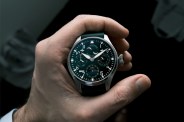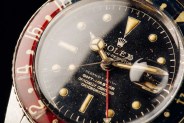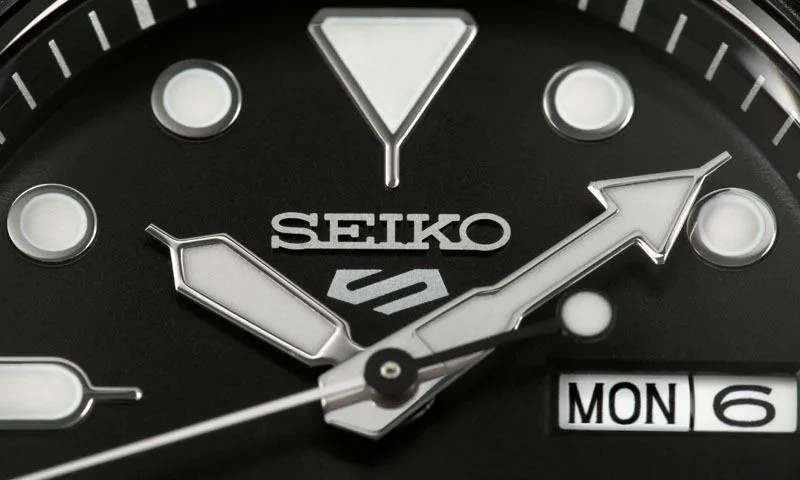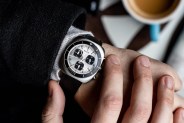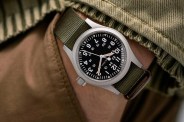Welcome to Further Details, a recurring column where we investigate what purpose an oft-overlooked product element actually serves. For this installment: the reason watches are set a certain way in photographs.
In advertisements and even many of the more professional-looking photos on the likes of Instagram, you’ll reliably find watch hands set to 10:10, or thereabouts. If you’ve never noticed this before, you won’t be able to unsee it now (go ahead, browse our watch archives). If you have noticed it, you might have wondered: why?
Does it have some cryptic meaning or practical purpose? Is the Illuminati exchanging coded messages somehow related to Da Vinci’s Vitruvian Man? Many watches are, in fact, full of little cues and deep-cut references of many kinds that might only be recognized by hardcore collectors or professional watchmakers. Setting the hands to 10:10 in pictures, however, is not one of them.
Pareidolia?
Enter: science. While it’s not some sort of conspiracy, a 2017 study published in Frontiers in Psychology does suggest the possibility of subliminal consumer manipulation.
The hypothesis was that the 10:10 hand setting would produce a pareidolic effect — in other words, the brain’s tendency to see patterns or shapes where there are none. Seeing faces is an especially common and familiar example of this phenomenon, and you’ve no doubt experienced it yourself. In this case, the hands’ upturned shape was postulated to resemble a smile, resulting in positive reactions and increased “intention to buy.”

